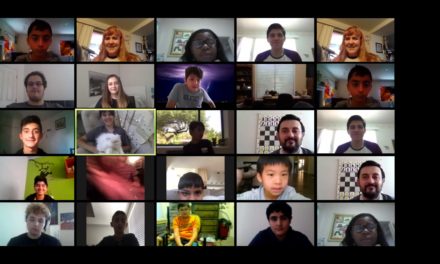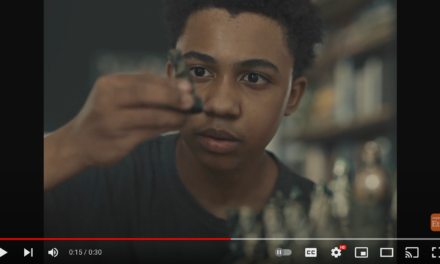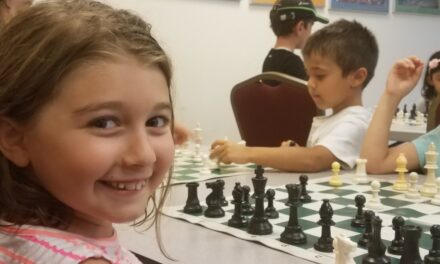Instructors: Professor Sandiway Fong, Levon Altounain
This is one of the most fun and educational chess projects I have embarked on. It started as an experiment after having long conversations with the U of A Business school professor Amar Gupta, who suggested combining chess with a subject that also deals with similar issues of analysis and optimal solutions to problems—“the best move.”
The result was a meeting with another professor- Sandiway Fong, a professor in the Department of Linguistics and the Department of Computer Science. Prof. Fong specializes in subjects such as computing, game trees and congnition. Subsequently, the class officislly titled “CSC 483 Chess and AI: Computation and Cognition” was created. Prerequisite: Basics about computing and chess moves. We had embarked on a very ambitious course. The chess potion of it involved teaching chess and its basic principles, chess history as well as some theory and improving overall playing skills. The computing portion called for creating a chess playing program that was not only void of bugs (such as making illegal moves ), but also possessed strength in playing chess by being able to calculate 2-3 moves deep. At the end, the course turned out to be a better fit for higher level classes in terms of work load ( which will be adjusted for the upcoming courses ). But not only did it help players regain their desire to play and study chess but everyone had a working computer, passed the course and had a blast, judjing from their evaluations.
The final test was to check the strength of their creations in solving puzzles and playing against me in real matches. Some students amazed us by creating computers and having time to tweak them so well and making them so powerful that I really had to work very hard to beat them. Accomplishing so much in just 1 semester and having no previous experience in creating a chess program from scratch was by no means an easy task and most students tackled the problem brilliantly. Along the way, we had some small chess tournaments as well as a simultaneous exhibition. We hope that this project will not only stay at the U of A, but will slowly branch out into other departments and create other collaborative efforts to present chess to wider audiences at universities and colleges across the country.




